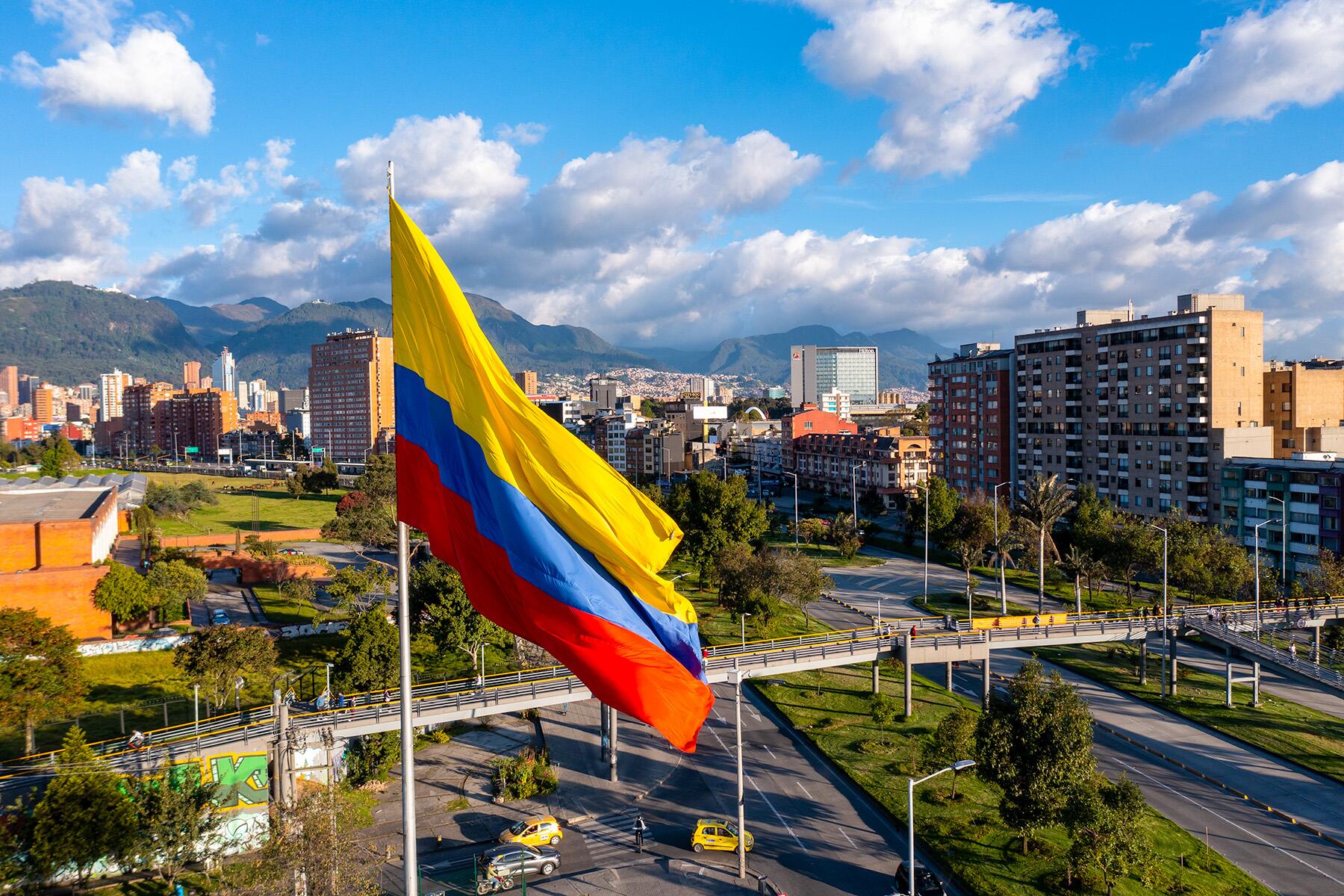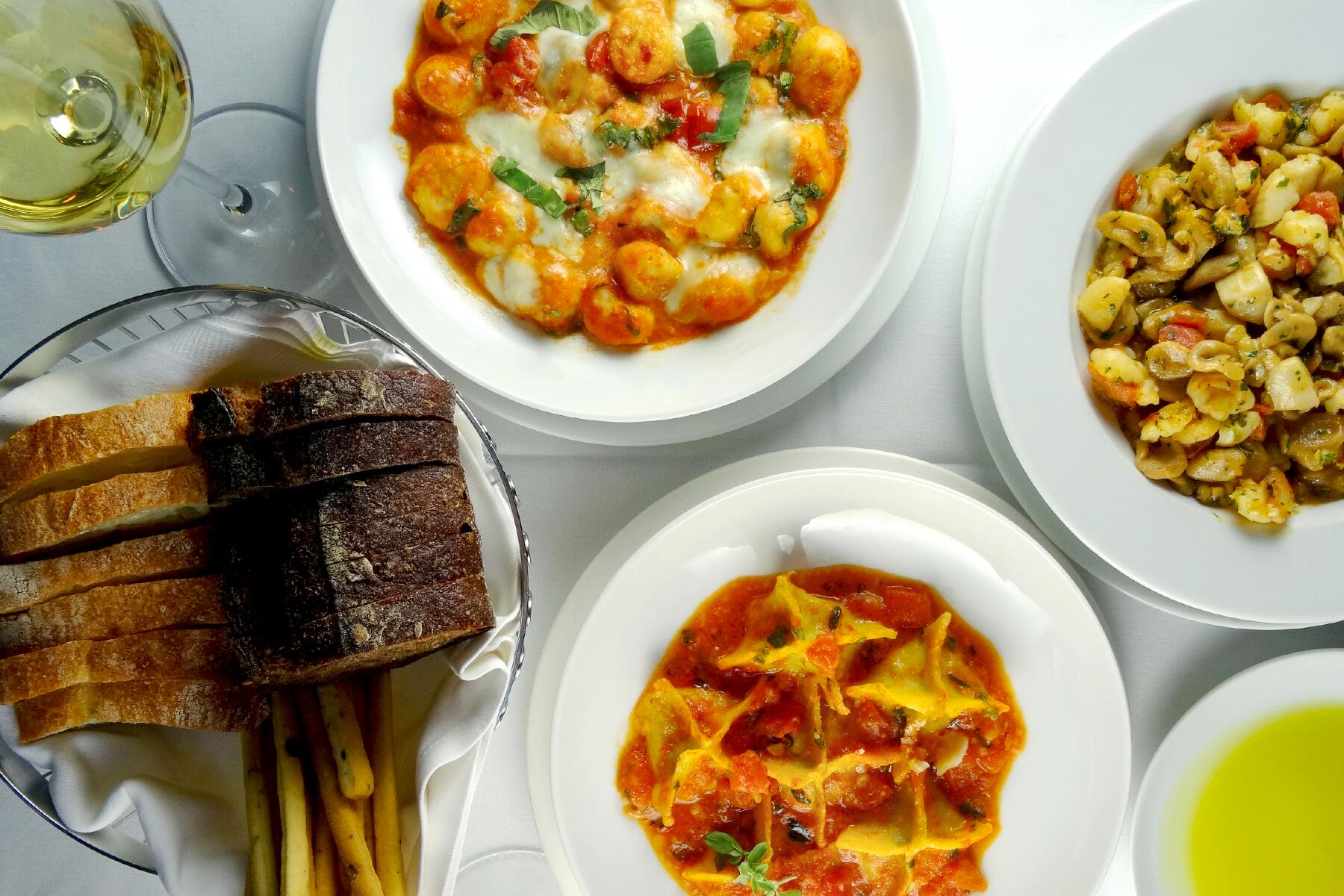What does the future hold for Italian food?
“I was born a Catholic, I grew up a Catholic, but lately in the last 40 years, I go to church only for weddings, and, unfortunately, funerals,” said Gianfranco Sorrentino, president of the nonprofit organization, Gruppo Italiano, at a recent webinar.
“Let me say, I love the Catholic feast, from a foodie point of view. You go out, eat a lot, drink a lot, and spend time with family and friends.”
He believes that faith plays a significant role in forming a personal identity–it can shape and influence the culture, the thinking, and also dictate how and what we eat.
Favorite Food
New York University professor Stefano Albertini shared that Pan di Ramerino, the Florentine holy bread that was originally baked only on Maundy Thursday (Holy Thursday), is his top choice.
“It’s a theological treat in itself,” he said. “The flour is like the host, the bread; the olive oil reminds you of all of the sacraments that are employed in anointment or ordination; rosemary, that is an evergreen and therefore a prefiguration of the resurrection; and raisins (grapes) with flour, symbol of the Eucharist. It’s a little loaf of bread about the seven sacraments that is simply delicious.
Recommended Fodor’s Video
“Fortunately now, it’s being made throughout the year. Before, if you asked for it outside of Holy Week, they would say, ‘Where are you from?’ Marketing got the best of Florentine bakers!”
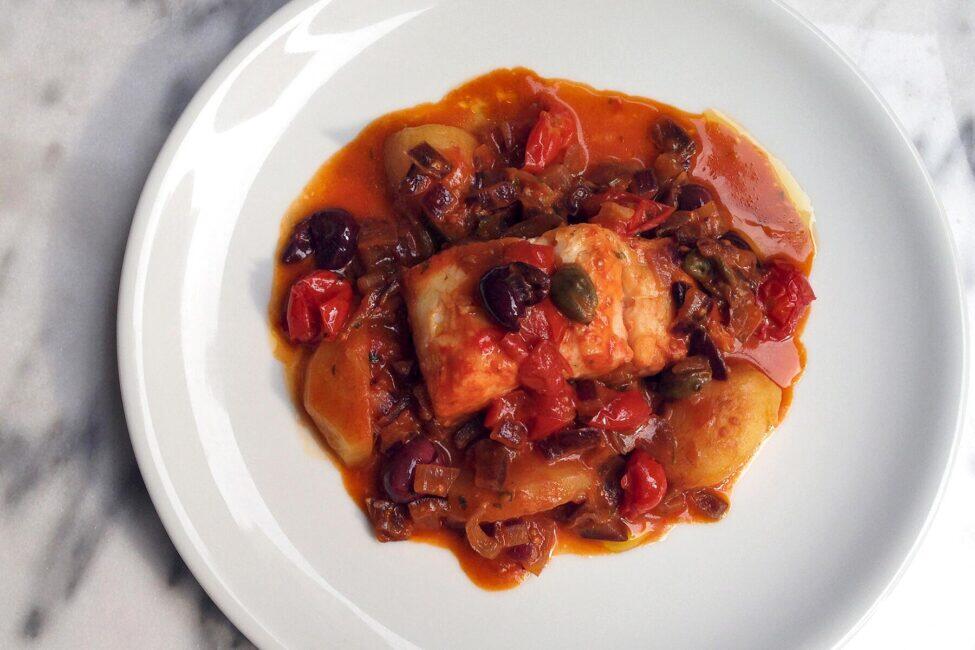
A favorite Italian-American culinary tradition of Ken Albala, University of the Pacific professor, is “Feast of the Seven Fishes.”
“In general, it’s not done in Italy,” Professor Albala said. “[But] in the U.S. before Christmas, you make seven different fish dishes, and I’ve always loved that idea.”
Every time the prolific food historian writes a cookbook, he “tries to incorporate the feast in some way.”
In his noodle-soup book, he included seven different fish in a noodle soup. In his recent jello book, he had seven different fish in Jell-O, “Which is crazy!,” Albala laughed.
“Right now, I’m writing a breakfast book, and I’m thinking, ‘How am I gonna get seven fishes in for breakfast?!’”
Albala told us that he included marinated octopus, barbecued eel, dried scallops, smoked trout, pickled herring, poached pollack, and pounded shrimp, all on an egg in a burrito. He posts his stunning creations on Instagram (@kenalbala) using the hashtag #TheProfessorCooksBreakfast and also on Facebook.
Favorite Story
Restaurateur Sorrentino, managing partner of the Il Gattopardo Group, said, “I want to share a story about the eels, about the capitoni [female eels] and anguille [male eels].
“Napoli is very famous for the capitoni and anguille. And I remember, when I was very young, six, seven or eight years old, I used to take the bus and go to the fish market, the Mercato di Porta Capuana, with my mother, early in the morning on the 24th and buy the capitoni and the anguille.
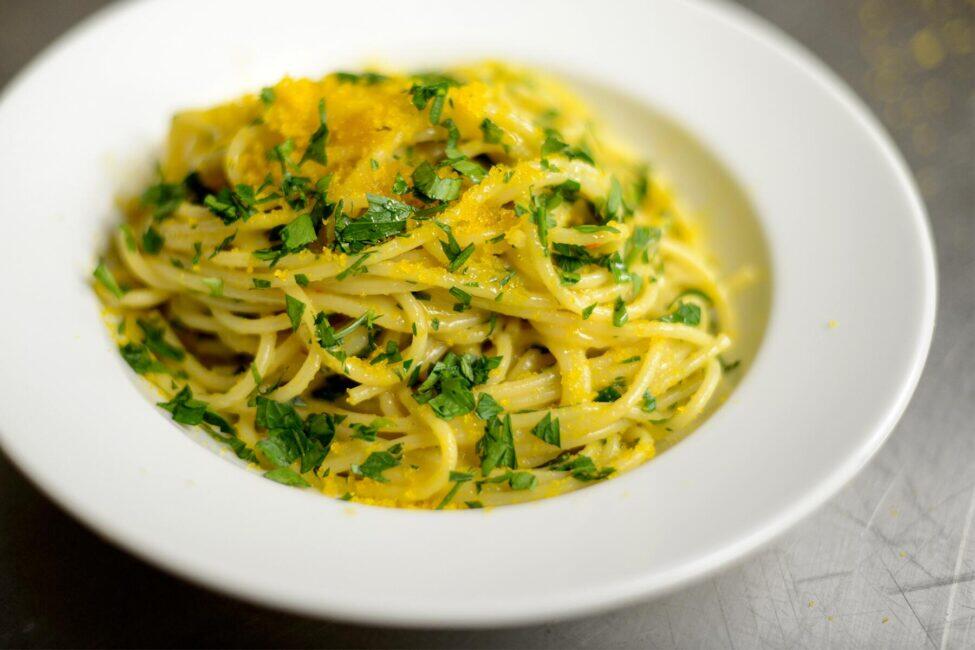
“And they used to put it in the cuoppo, a cone made with hard paper. They close it and give it to you. We take the bus, and you can see in the bus, the capitoni and the anguille going everywhere, and we have to catch the capitoni and the anguille under the seats!
“Then, you go home, and put the cuoppo with the capitoni and the anguille in the refrigerator. When you take it out, the capitoni and anguille are jumping and going everywhere! Then you cut them in small pieces. You put them in the padella (pan) to fry. And you can see the pieces still moving and jumping out!”
“There is now a joke. Our Governor De Luca says, ‘No more than four people can be home for Christmas.’ But in Naples, you need six people to fry the capitoni and the anguille!”
The Future
What does the future hold for Italian food?
Poet, writer, and UCLA professor emeritus Luigi Ballerini said that if he were to open up a restaurant in Rome in 50 years, “It must be heavily vegetarian. I think more and more younger people are going in that direction. It doesn’t have to be vegan; maybe cheese will play a great role. As long as animals are treated humanely, I think that it will be tolerated.
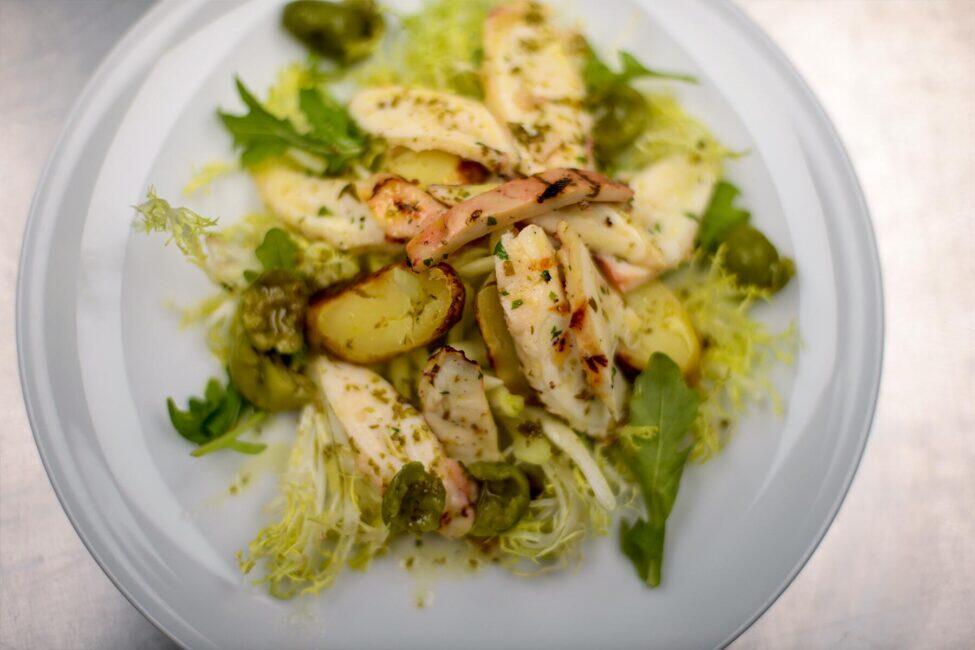
“I would also emphasize historical recipes. The way they ate in the past is very appealing…there are quite a number of recipes to be resuscitated.”
Ballerini shared one with Fodor’s from Da Vinci’s Kitchen: A Secret History of Italian Cuisine by Dave DeWitt for salad dressing: Parsley (10 parts), mint (1 part), thyme (1 part), vinegar, and salt.
Professor Albertini concurred: “I believe that with the papacy of Francis, we are seeing this double phenomenon. On the one hand, definitely, he’s not close to the idea of the prohibition or a hyper-regulated church that tells you, ‘Do this; don’t do the other one’…but at the same time, there is that environmental consciousness in the encyclicals and the awareness, the responsibility of human beings toward all creatures that definitely goes, as Professor Ballerini was saying, in the direction, maybe not of veganism, but of a different kind of treatment of animals.”

